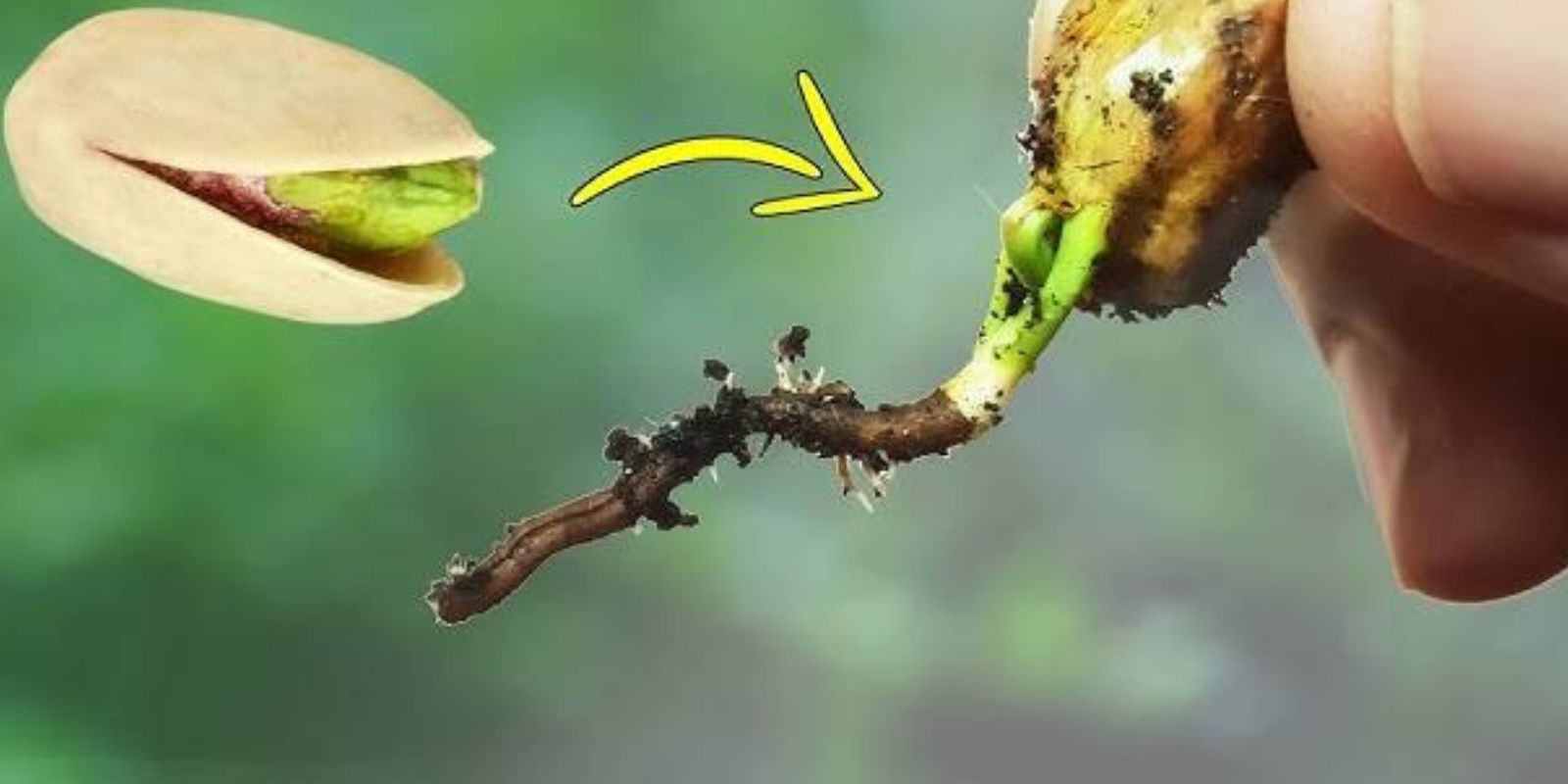Growing a pistachio tree from supermarket nuts might sound like a daunting task, but with the right preparation, patience, and care, it is entirely possible. While pistachio trees require time and dedication to mature, the satisfaction of nurturing a tree from seed to harvest is unmatched. In this article, we’ll explore every step you need to take to grow your own pistachio tree from store-bought nuts.
The Basics: Understanding Pistachio Trees
Pistachio trees (Pistacia vera) are hardy plants native to Central Asia and the Middle East. They thrive in warm climates with long, dry summers and mild winters. While they require plenty of sunlight and well-draining soil, their resilience and ability to adapt to various conditions make them an exciting addition to your garden.
Growing pistachios from seed involves patience—trees typically take 5 to 10 years to bear fruit. However, the process is as rewarding as it is fascinating. Let’s dive into the steps.
Step 1: Choosing the Right Pistachios
Not all supermarket pistachios are suitable for germination. You’ll need:
- Raw, unroasted pistachios: Roasted nuts are processed and will not sprout.
- Unsalted pistachios: Salt can hinder germination and damage the seeds.
Check the label carefully, and if possible, choose organic nuts for better results.
Step 2: Preparing the Seeds
Once you have your raw pistachios, prepare them for planting:
- Soak the seeds: Place the pistachios in warm water and let them soak for 24 hours. This softens the outer shell and stimulates germination.
- Inspect the seeds: Discard any floating seeds during the soaking process, as they are less likely to sprout.
Step 3: Germinating the Seeds
To give your pistachios the best chance of growing:
- Plant the seeds: Fill a small container with well-draining potting soil. Plant the seeds about 1 inch (2.5 cm) deep with the pointed end facing down.
- Moisture and warmth: Keep the soil slightly moist but not waterlogged. Place the container in a warm, sunny location, as pistachios require temperatures around 70–80°F (21–27°C) to germinate.
- Wait for sprouts: Germination can take several weeks, so be patient. Check regularly to ensure the soil stays moist.
Step 4: Transplanting the Seedlings
Once your pistachios sprout, they need more space to grow:
- Choose a sunny spot: Pistachio trees thrive in areas with full sunlight.
- Prepare the soil: The ideal soil is well-drained, slightly alkaline, and rich in nutrients. If your soil is too acidic, adding lime can help adjust the pH.
- Transplant with care: When the seedlings are about 4–6 inches tall, transfer them to larger pots or directly into your garden. Space them at least 20 feet apart if planting multiple trees, as pistachio trees need room to grow.
Step 5: Ongoing Care for Your Pistachio Tree
Caring for a pistachio tree requires consistent attention:
- Watering: Water deeply but infrequently. Allow the soil to dry out slightly between watering sessions to avoid root rot.
- Fertilizing: Use a balanced fertilizer during the growing season to encourage healthy growth. Pistachio trees benefit from nitrogen-rich fertilizers.
- Pruning: Regular pruning helps shape the tree and promotes airflow, reducing the risk of disease. Remove dead or weak branches in late winter or early spring.
- Pest and disease management: Watch for common pests like aphids and scale insects. Natural remedies, like neem oil, can help manage infestations.
Step 6: The Waiting Game
One of the most challenging aspects of growing a pistachio tree is the waiting period. These trees take several years to mature and start producing nuts. During this time:
- Monitor growth: Healthy pistachio trees should grow steadily each year.
- Stay patient: Fruit production typically begins between 5 and 10 years, depending on conditions and care.
- Male and female trees: Pistachios are dioecious, meaning you need a male tree to pollinate female trees for nut production. If growing multiple trees, ensure at least one male is planted for every 8–10 females.
Tips for Success
- Climate considerations: Pistachios grow best in USDA zones 7–11. If you live in a colder climate, consider growing them in pots to move indoors during winter.
- Mulching: Apply a layer of mulch around the base of the tree to retain moisture and regulate soil temperature.
- Patience pays off: While pistachio trees take time to bear fruit, they are relatively low-maintenance once established.
Common Challenges
Growing pistachios from supermarket nuts isn’t without its hurdles. Here are a few potential challenges and solutions:
- Low germination rates: Not all seeds will sprout, so plant multiple seeds to increase your chances.
- Slow growth: Pistachios are slow growers, especially in the first few years. Provide optimal care to encourage healthy development.
- Pests and diseases: Regular monitoring and organic pest control methods can keep your tree healthy.
The Joy of Growing Your Own Pistachio Tree
There’s something uniquely fulfilling about growing a tree from scratch, especially one as exotic as a pistachio tree. Not only does it add beauty and greenery to your garden, but it also provides the promise of a homegrown harvest in the future.
Whether you’re an experienced gardener or a curious beginner, the journey of nurturing a pistachio tree offers valuable lessons in patience, care, and the wonders of nature.
💬 Have you tried growing a pistachio tree or another plant from supermarket seeds? Share your experience and tips in the comments below!
#GrowYourOwn #PistachioTree #GardeningJourney #PatiencePaysOff #GardenGoals #HomeGardenTips #SustainableLiving

